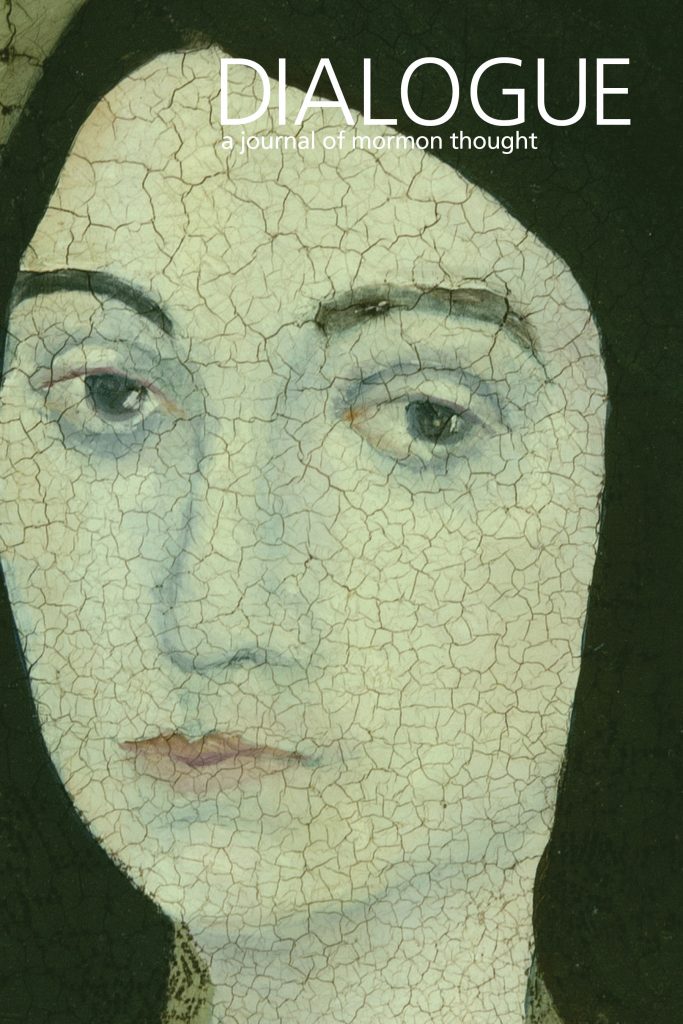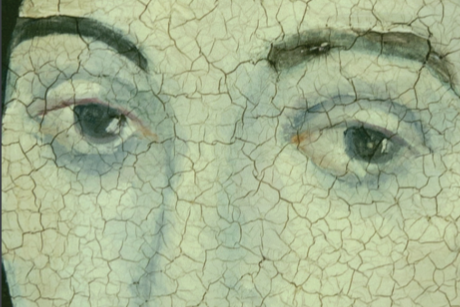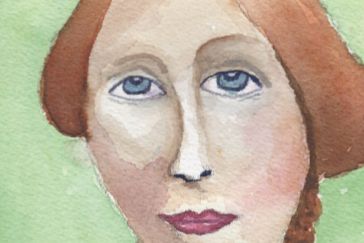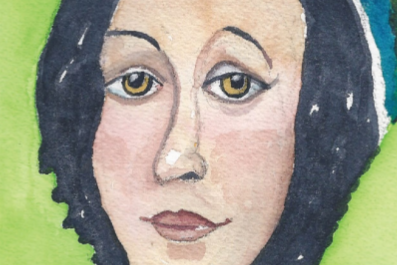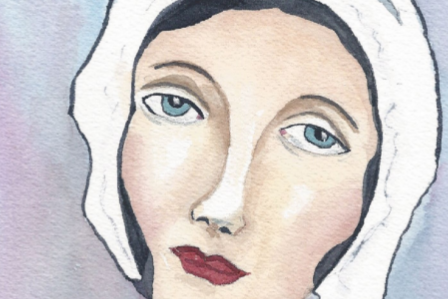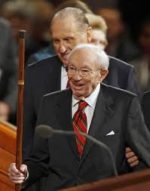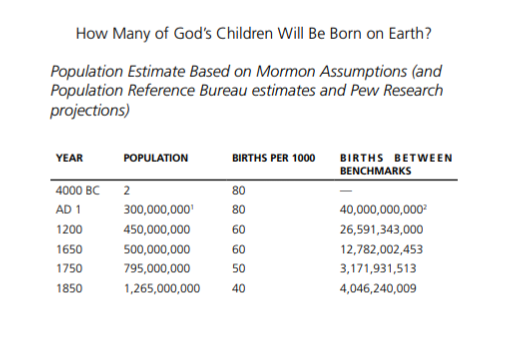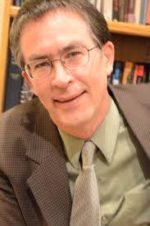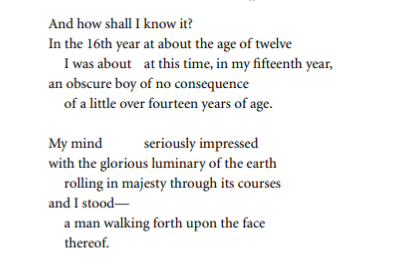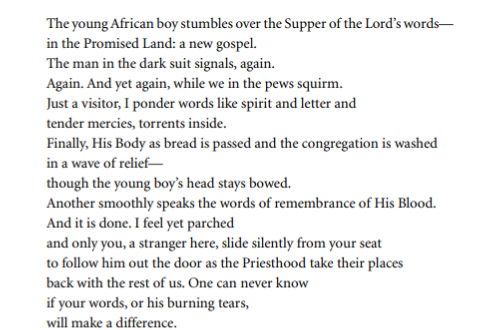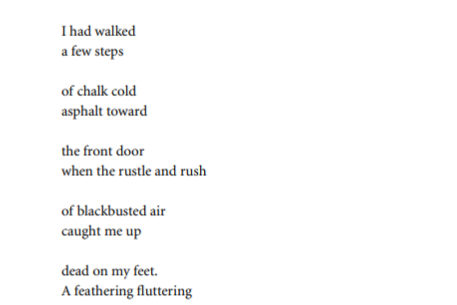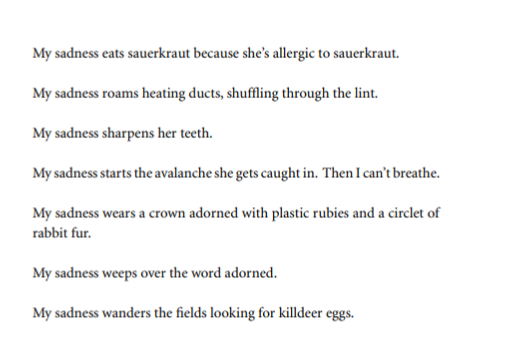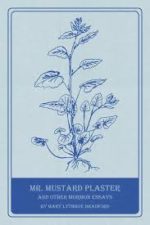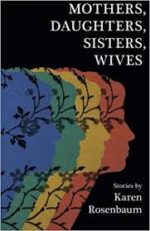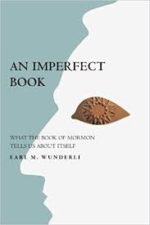Jesus Christ, Marriage, and Mormon Christianities: 2016 Smith-Pettit Lecture, Sunstone Symposium
John G. TurnerAccording to his official history, that’s all Joseph Smith said to his mother after God the Father and Jesus Christ appeared to him while he prayed by himself in the woods. Whether or not Presbyterianism was true was a more pressing question for the young Joseph Smith than it is for most of you. Sometime in the mid-1820s, Lucy Mack Smith and several of Joseph’s siblings joined a Presbyterian church. Joseph must have wrestled with his mother’s choice. Like his father, though, he never joined any Protestant church. But it was surely a major point of controversy and discussion in the family.
Read more





